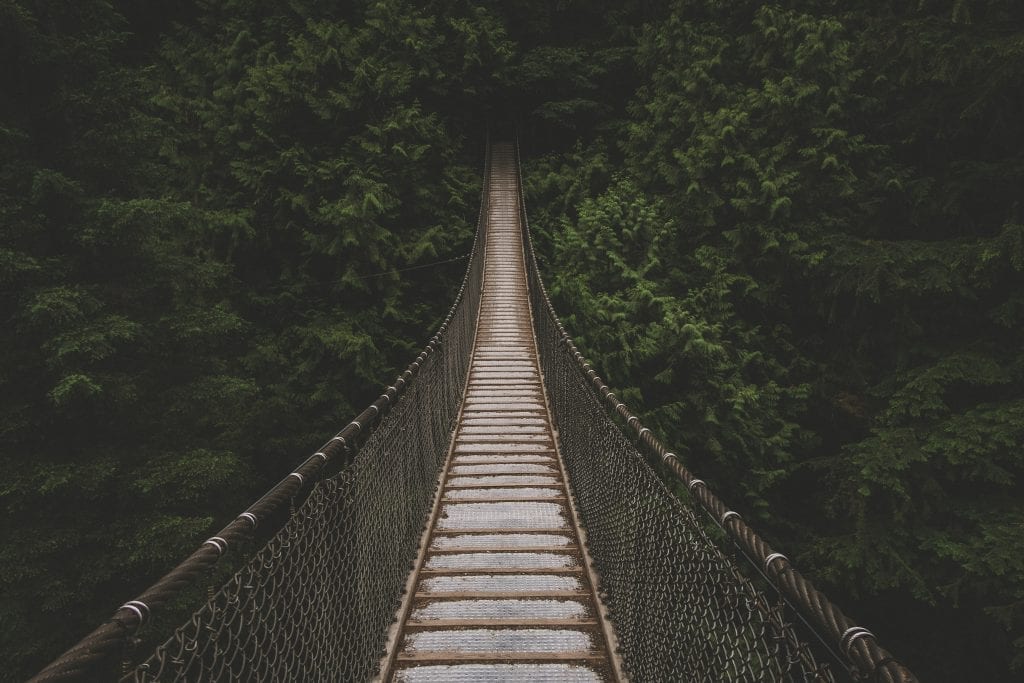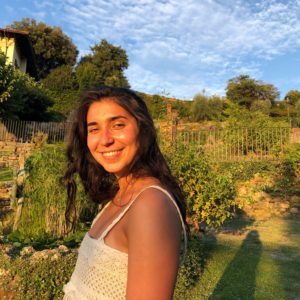Of the series of hate crimes that affected the Los Angeles Jewish community late last month, three hit especially close to home. First, a Persian synagogue, the majority of whose congregants (my father and his family included) fled from Iran’s Islamic Revolution as political refugees, was vandalized. Second, anti-Semitic graffiti reading “do the crime, do the time” was found spray-painted across the driveway shared by the American Jewish University and my elementary school, both of which are within five minutes of my home. Third, a swastika was found on my high school, the largest Jewish day school in the nation.
At the dining room table that same week, I struggled to explain my thoughts to a housemate. He summarized my reactions concisely: “You are experiencing a Jewish awakening. I had mine a few years ago when someone drew a swastika on my high school.” His was a curious word choice. “Awakening” suggested a kind of milestone, a coming-of-age, almost a second bat mitzvah. Here was my unofficial rite of passage into the real Jewish world: not an aliyah, but anti-Semitism.
Last month’s events confused me deeply. Until then, the only anti-Semitism I knew existed in metaphor. It existed as a theoretical concept, circulating in the abstract of words, numbers, and memory. It lived in the news and in books; in op-eds and statistics. Sometimes, it was communicated through first-hand testimonies, but even physical experiences would evaporate and transmute into words by the time they reached me.
What I am describing is an anti-Semitism of distance.
I already knew an anti-Semitism revealed through images, seared in my mind from my trip to Poland, several visits to Yad Vashem, and family stories from Iran — but my takeaways always centered the importance of “never forget,” the uniqueness of a past history that never quite bridged or illuminated an understanding of the present.
I already knew an anti-Semitism communicated through news updates about attacks on Jewish communities across the country, which friends would describe with perfect analytic detachment. Their detachment treated anti-Semitism as a current event.
On my college campus, I already knew an anti-Semitism whose existence — and more fundamentally, whose very meaning — was subject to theoretical debate, and gave way to a whole range of political opinions about Jewish identity that further severed us from the real threat of hatred.
Considering this, last month’s events struck very deeply. My “awakening” was the realization that anti-Semitism is not abstract. It manifested in physical and tangible ways, beyond news outlets and debates, and proved that it could reach my immediate community. This immediacy — that swastikas could appear by my home, or that a synagogue close by could be desecrated — was what I was missing. My “awakening” revealed a bleak world.
Interestingly, I was taught to anticipate this bleakness at a very young age. I sang songs about anti-Semitism before I understood their meaning. Anti-Semitism was what we referred to as the “narrow bridge” in “Kol Ha’Olam Kulo,” a song I grew up singing in school choir and on shabbatons. The song’s lyrics affirm, “The whole world is a very narrow bridge, and the most important thing is to never be afraid.”
It’s quite striking: one of the first songs Jewish day schools teach six-year old children anticipates a scary world where fear is the default, and not fearing is an active decision.
It took maybe the 200th time of singing this song (and in the most unconventional of places) for me to reconsider the song’s lyrics. I was 19, standing in the courtyard of a private home in Tirana, Albania, under a low canopy weaved by the branches of the courtyard’s tangerine trees. The home belonged to an Albanian man who had saved a Jew during the Holocaust and was honored by Yad Vashem years later as a righteous gentile. To honor his memory, my visiting group and I affirmed that the world was a very narrow bridge.
‘How could we sing that the world was narrow and frightening in the face of gentiles who had restored a bit of hope, who made the world seem a little less scary?’ I asked myself. What struck me that day was that it was my worldview — not the world itself — that was narrow in scope.
Now, two years later, the bridge connecting this hope to the recent string of anti-Jewish hate crimes in my hometown has narrowed, and I am very afraid.

